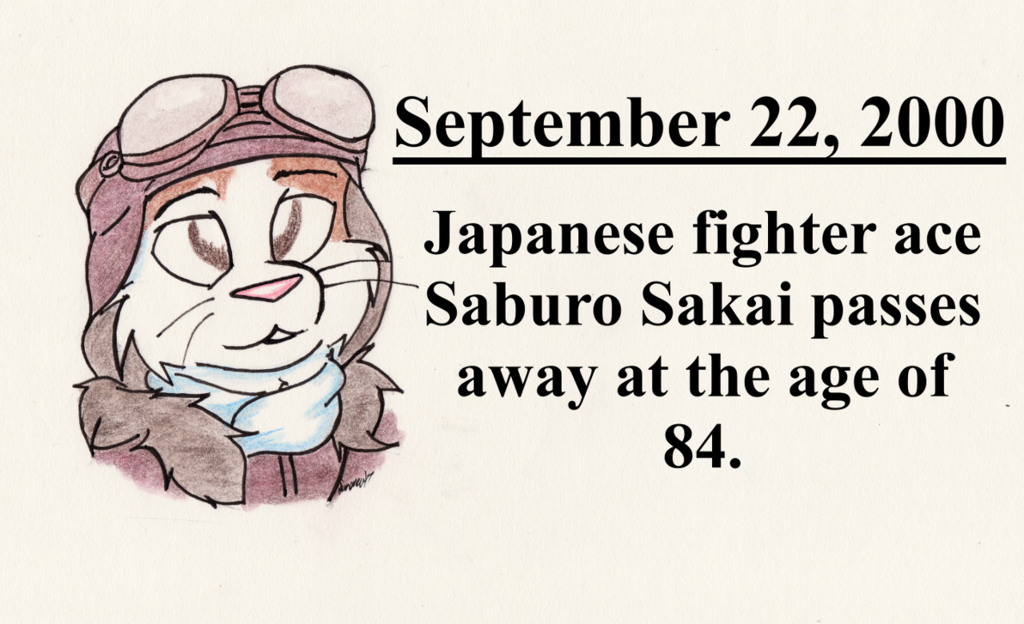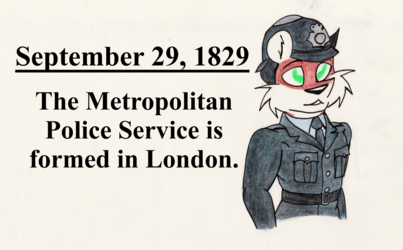Sign In
CloseOn September 22, 2000, Japanese fighter ace Saburo Sakai passed away from a heart attack following a US Navy formal dinner, where he had been an honored guest, at Atsugi Naval Air Station. Sakai was born in Saga, Japan, on August 25, 1916. At the age of 16, he joined the Imperial Japanese Navy and served as a sailor until he applied for and was accepted into the pilot training school in 1937. After graduating first in his class, Sakai was assigned to fly the Mitsubishi A5M "Claude" fighter during the Second Sino-Japanese War, eventually claiming a Soviet Ilyushin DB-3 bomber in 1939, before transitioning to the A6M "Zero." Sakai would take part in the Japanese war effort in China, Southeast Asia, and the Pacific. He participated combat in the Philippines, the Dutch East Indies, New Guinea, and Guadalcanal before being seriously wounded in an engagement with American naval bombers in August 1942. Mistaking a flight of SBD Dauntless bombers for F4F Wildcat fighter, Sakai attacked from behind. Unfortunately for Sakai, the tailgunners of the American aircraft returned fire and struck him in the head. Bleeding, in severe pain, and partially paralyzed from the wound, Sakai managed to successfully land his aircraft at the Japanese base in Rabaul and even managed to give his mission report to his superior officer before collapsing. He was then evacuated to Japan where he endured a long surgery and convalescence, though he never regained complete vision to his right eye. He returned to duty in January 1943, spending a year training new pilots before returning to active duty as a fighter pilot once again in April 1944. Sakai participated in the Battle of Iwo Jima and later the defense of Japan. Sakai's last combat mission saw him participating in an attack on a flight of B-32 Dominators conducting reconnaissance and testing Japanese compliance with a ceasefire on August 18, 1945.
Sakai officially had 28 confirmed kills according to Japanese military records; however, Sakai himself claimed 64 kills. After the war was over, Saburo Sakai retired at the rank of lieutenant and became a Buddhist, refusing to kill anything ever again. He later started a printing shop and, following the loss of his first wife, remarried. Sakai would also meet many of the men he had faced in battle, including the American gunner who had shot him in the skies over Guadalcanal.
Submission Information
- Views:
- 442
- Comments:
- 0
- Favorites:
- 2
- Rating:
- General
- Category:
- Visual / Traditional




